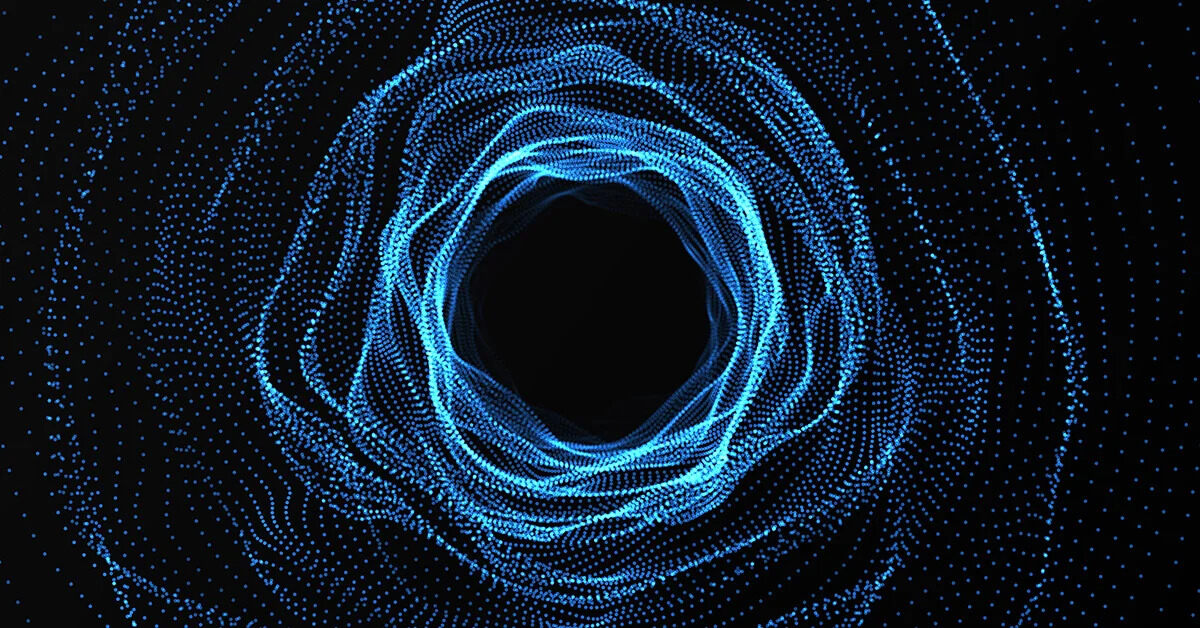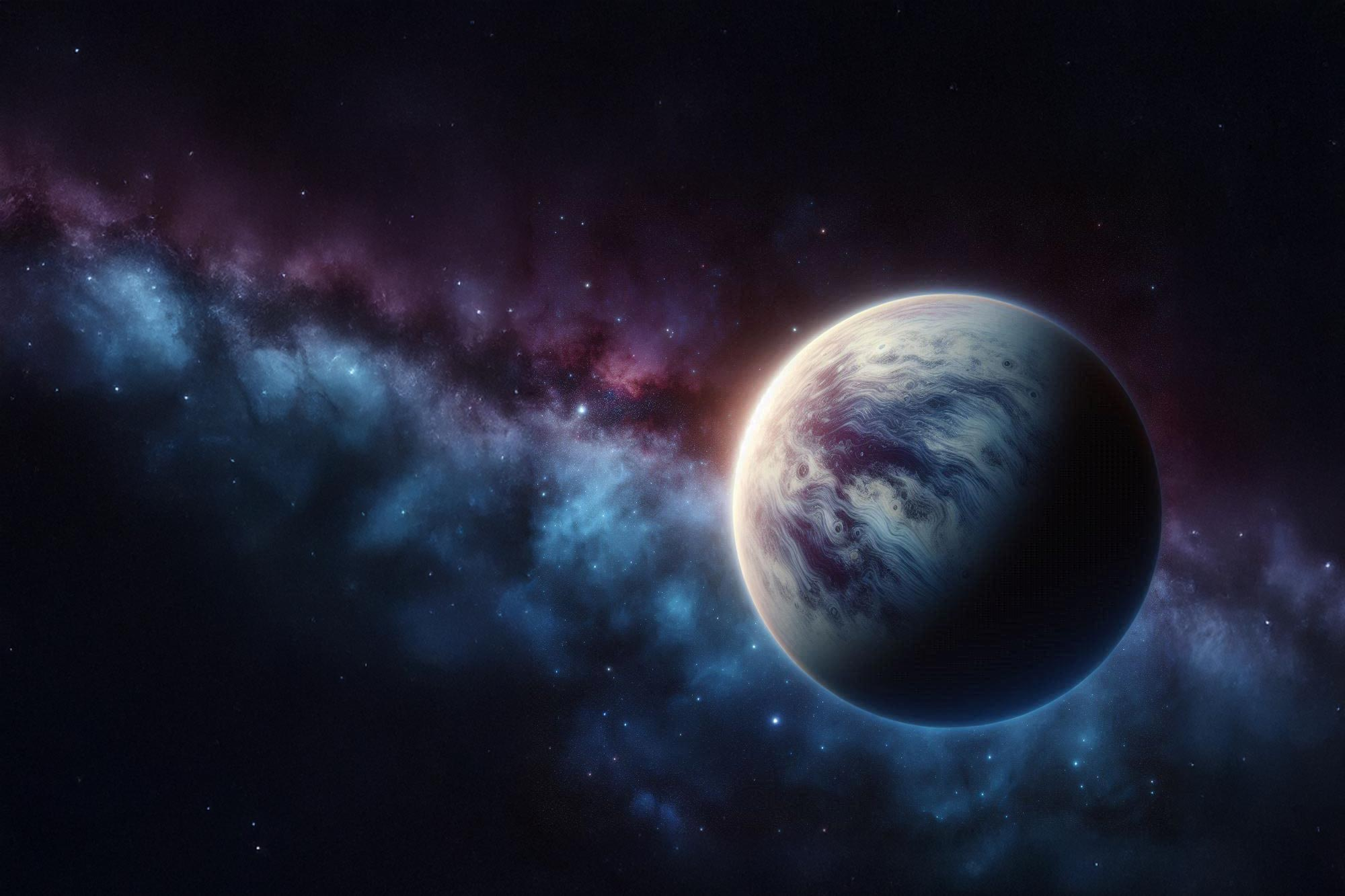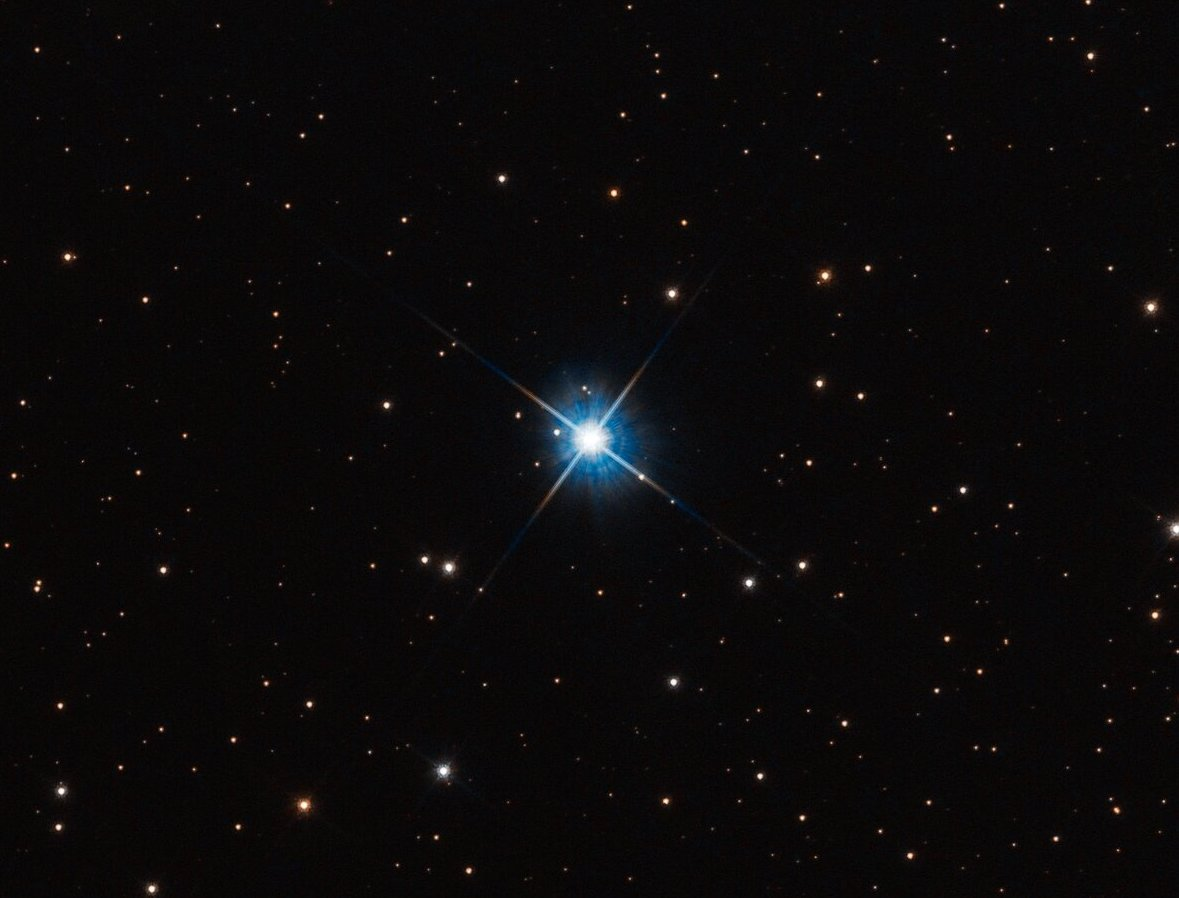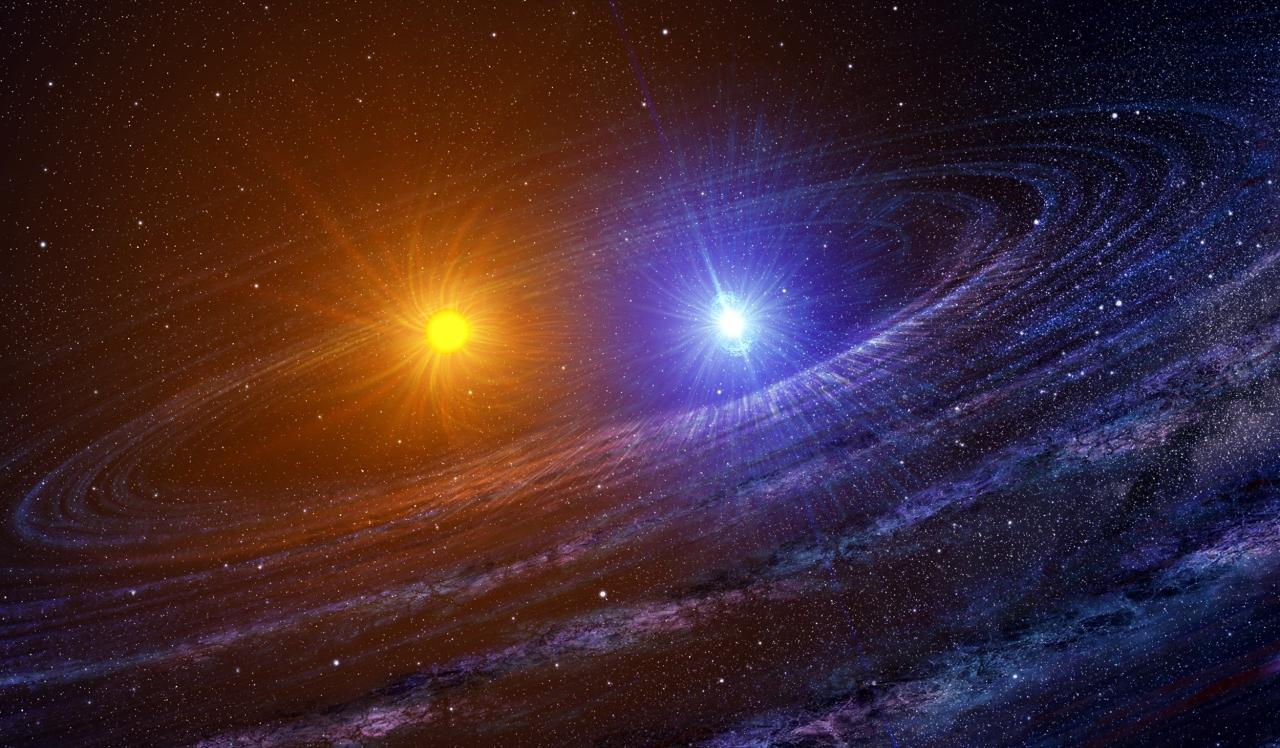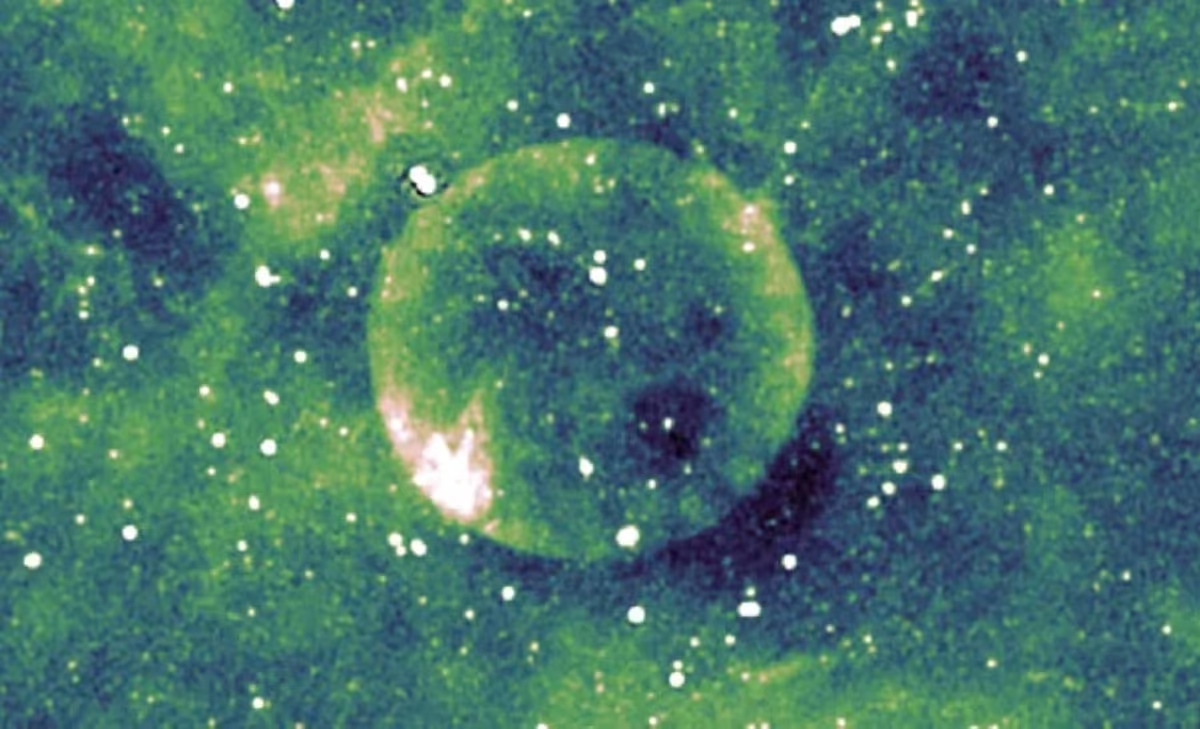innovuscollege – In the vast cosmos, galaxies drift apart, and the universe expands at an accelerating rate. This phenomenon has puzzled scientists since its discovery in the late 20th century. The culprit behind this bewildering acceleration is a mysterious entity known as dark energy, which is believed to comprise about 68% of the universe. Despite its significant role, dark energy remains one of the greatest enigmas in modern astrophysics.
What is Dark Energy?
Dark energy is an unknown form of energy that permeates all of space. Unlike ordinary matter, which consists of atoms and can emit light, dark energy does not interact with electromagnetic forces. This makes it invisible and detectable only through its gravitational effects. Its presence was first inferred in the late 1990s when two independent teams of astronomers observed that distant supernovae were dimmer than expected, indicating that the universe’s expansion was accelerating.
Theories Explaining Dark Energy
Several theories attempt to explain dark energy:
- Cosmological Constant: Proposed by Albert Einstein in 1917, the cosmological constant (Λ) is a term added to his equations of general relativity. It represents a constant energy density filling space homogeneously. After the discovery of the universe’s accelerated expansion, some physicists revived this concept, suggesting that a constant energy field drives the acceleration.
- Quintessence: This theory posits that dark energy is dynamic rather than constant. Quintessence refers to a scalar field that evolves over time, with its energy density varying in different regions of the universe.
- Modified Gravity Theories: Some scientists propose that our understanding of gravity might need revision. These theories suggest that the laws of gravity could behave differently on cosmic scales, leading to the observed acceleration without invoking dark energy.
The Role of Dark Energy in Cosmology
Dark energy plays a critical role in cosmological models. It influences the fate of the universe, determining whether it will continue to expand indefinitely, eventually slow down, or collapse back on itself. Current observations suggest that the universe will keep expanding, potentially leading to scenarios like the “Big Freeze,” where galaxies drift apart and stars exhaust their fuel.
Challenges in Understanding Dark Energy
Despite extensive research, dark energy remains elusive. Its properties, nature, and origin are still unclear. Current observational techniques, such as the study of supernovae, galaxy clusters, and cosmic microwave background radiation, help refine our understanding, but they also highlight the gaps in our knowledge.
Future Directions
Upcoming missions and telescopes aim to shed light on dark energy. Projects like the European Space Agency’s Euclid satellite and NASA’s Wide Field Infrared Survey Telescope (WFIRST) are designed to map the geometry of the universe and improve our understanding of dark energy’s role in cosmic evolution. By measuring how galaxies are distributed and how light bends around massive objects, scientists hope to unveil the true nature of dark energy.
Conclusion
Dark energy is one of the most profound mysteries of our universe, challenging our understanding of physics and cosmology. As researchers continue to explore this enigmatic force, we inch closer to unraveling the secrets of the cosmos. The quest to understand dark energy not only reveals the nature of the universe but also pushes the boundaries of human knowledge and imagination.

